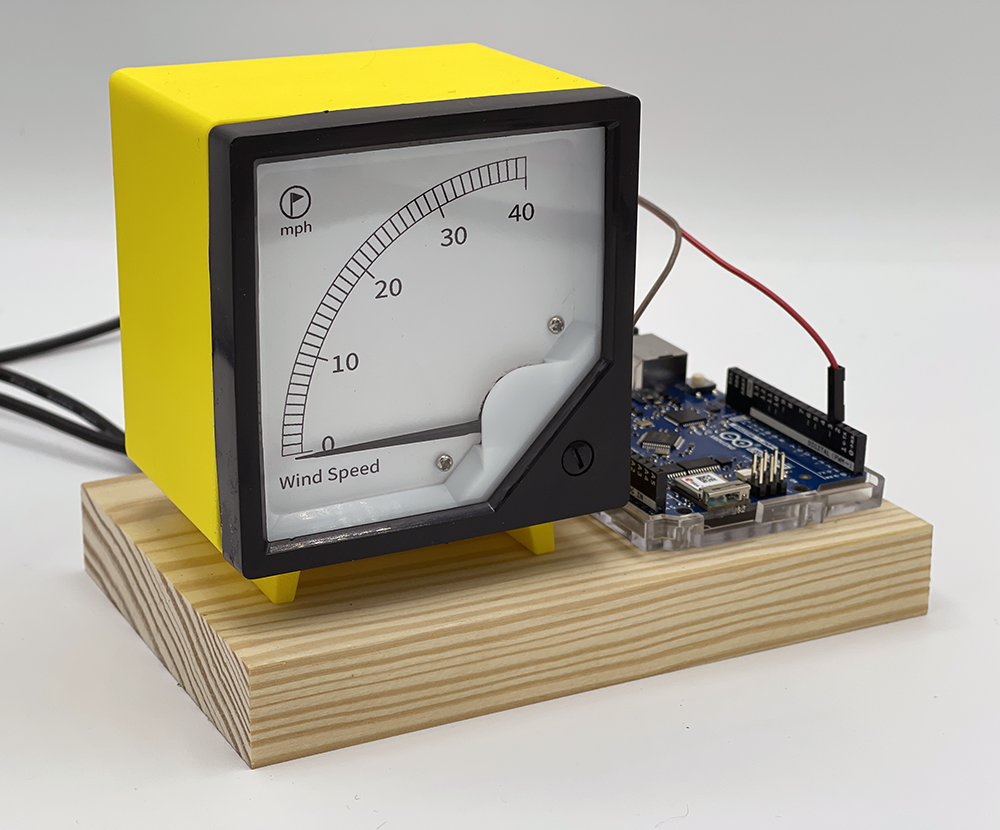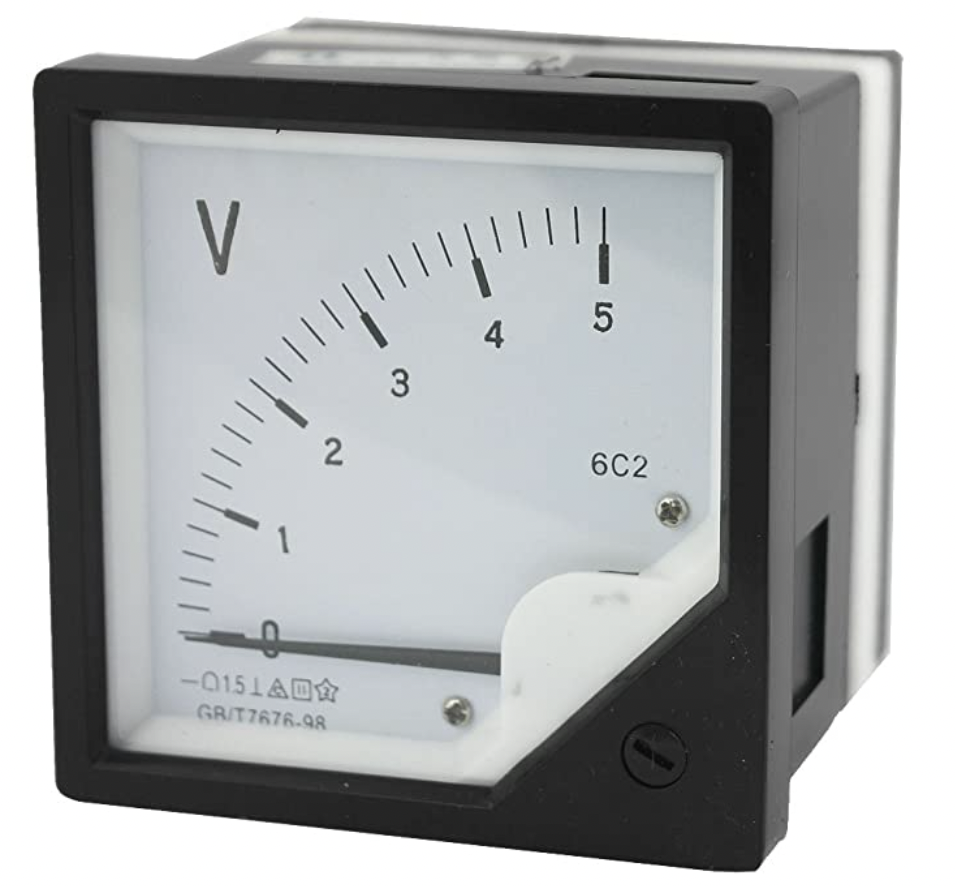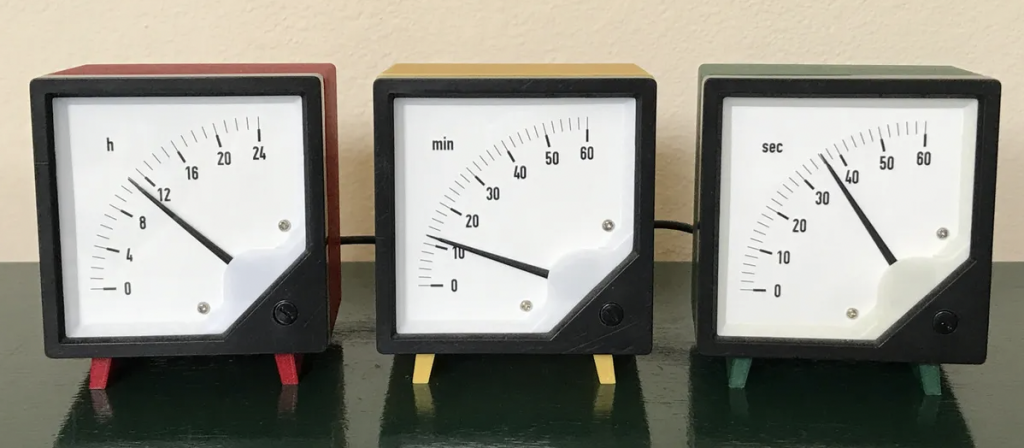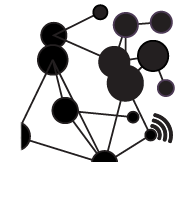
Voltmeter Gauge – Wind Speed
The Open Gauges project aims to allow open-source data gauges to be built, modified, and viewed as both physical (3d printed) and digital gauges. Depending on the user’s preference the models can be made to run from any online data source with a data feed – from Weather Data with Air Pressure, Temperature, Wind Speed etc though to Air Quality Gauges, Noise Meters, Energy etc.
Part of the initial release, from the Connected Environments Team at The Bartlett Centre for Advanced Spatial Analysis, University College London, and alongside the Neopixel Barometer is our latest – the Voltmeter Gauge.
Arguably the simplist of the Open Gauges – it works with any realtime data.
The voltmeter gauge has a 5V range and runs from an Arduino Uno Wifi rev 2 as it outputs a full 5 volts from its Pulse Width Modulation pins. In short, all this means is that we can convert any data stream to a range of 0 to 5V and thus display it on the gauge.
Most Arduino boards only output 3V, in which case the code can be simply edited to use a 3V Voltmeter. The voltmeter has a loading sweep on power-up and then connects to wifi and an MQTT data feed, in our case a feed from our weather station with wind speed updated every 3 seconds:
 The voltmeter used is a Rectangle Plastic Analog Panel, it can be found on Amazon but is also available from various other online sites, according to your location. As with all the Open Gauges, the aim is to add to, share, reuse, edit, adapt various types of Gauges, so when deciding on an enclosure to use with the voltmeter, we were notably taken with the Daisy Chain Voltmeter Clock by Clockspot.
The voltmeter used is a Rectangle Plastic Analog Panel, it can be found on Amazon but is also available from various other online sites, according to your location. As with all the Open Gauges, the aim is to add to, share, reuse, edit, adapt various types of Gauges, so when deciding on an enclosure to use with the voltmeter, we were notably taken with the Daisy Chain Voltmeter Clock by Clockspot.

Daisy-Chain Voltmeter Clock by Clockspot
Luke Mackenzie, the designer of the daisy chain clock, kindly gave us permission to remake his enclosure and include the file as part of the Voltmeter Gauge. We remade the enclosure in Fusion 360, adapted it for a slightly quicker printing and both the Fusion 360 file and the STL to print are available on the Github Repository. We have also included a template file for the gauge background (in illustrator) so it can be changed to any data type/reading and the full Arduino code is also quite adaptable.
Our wind gauge is a single voltmeter, but as with the Daisy Chain Clock, it could be used to power multiple meters for a complete weather station display, or perhaps home energy usage, an air quality index, noise levels etc. If you do make one then let us know via the GitHub discussion page and if you adapt, change edit then do upload and share so others can make their own.
Incoming is a Reimagining of the Barograph, you can follow the updates via the main Open Gauges Page.


